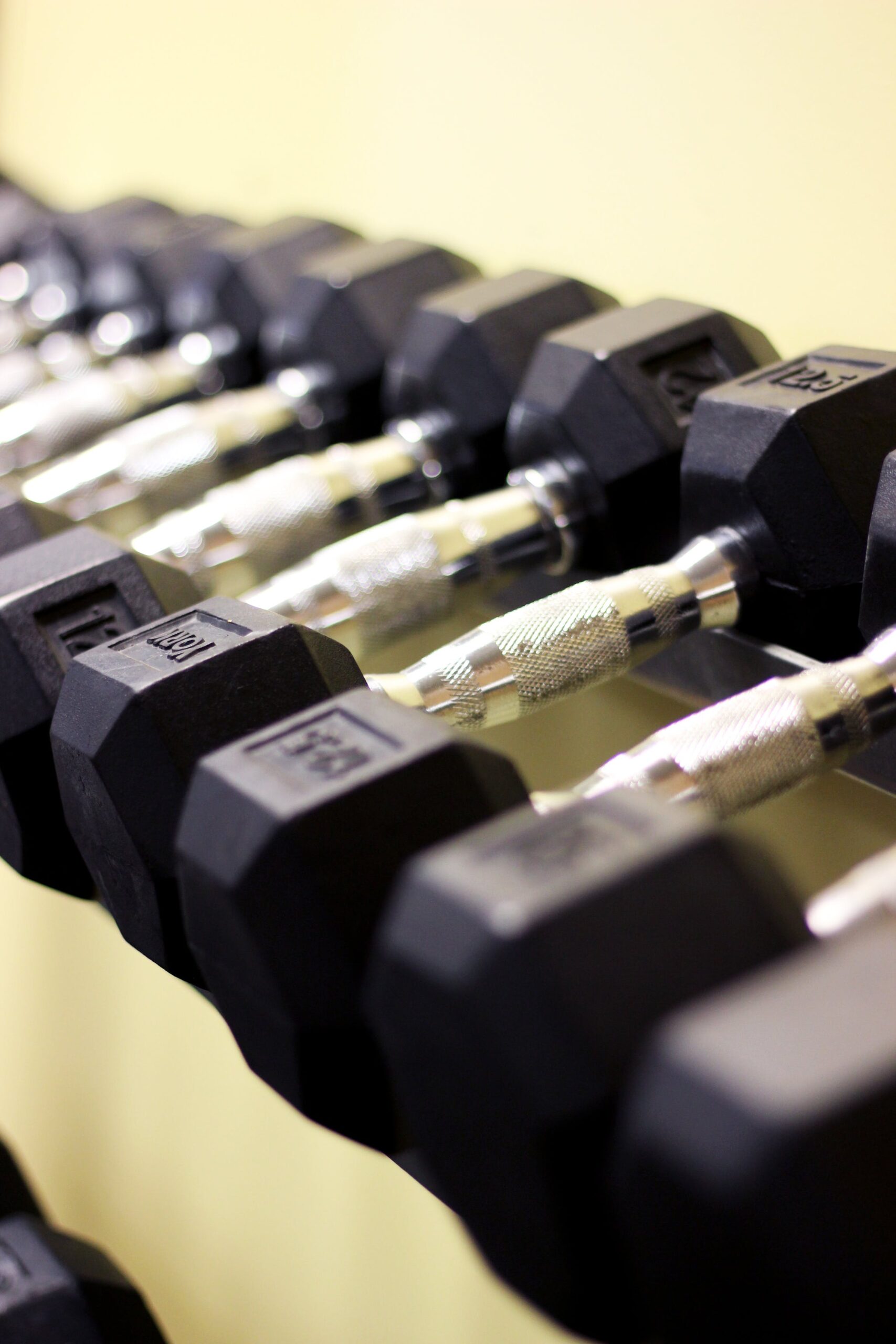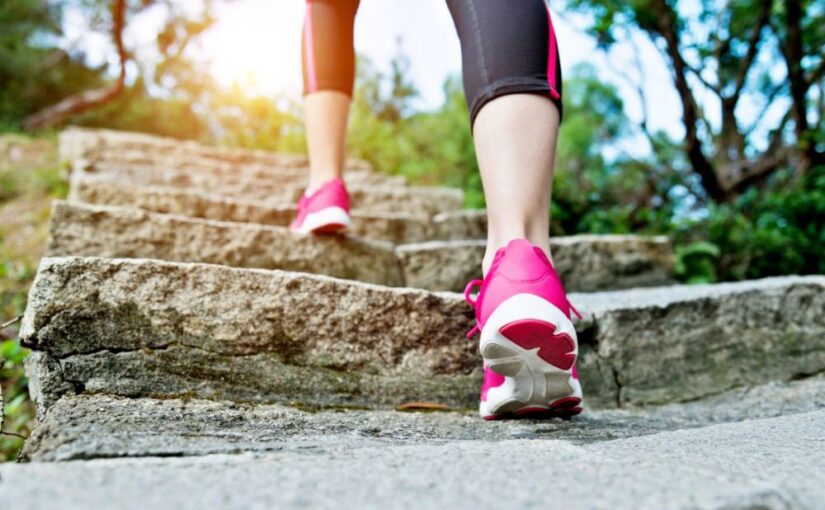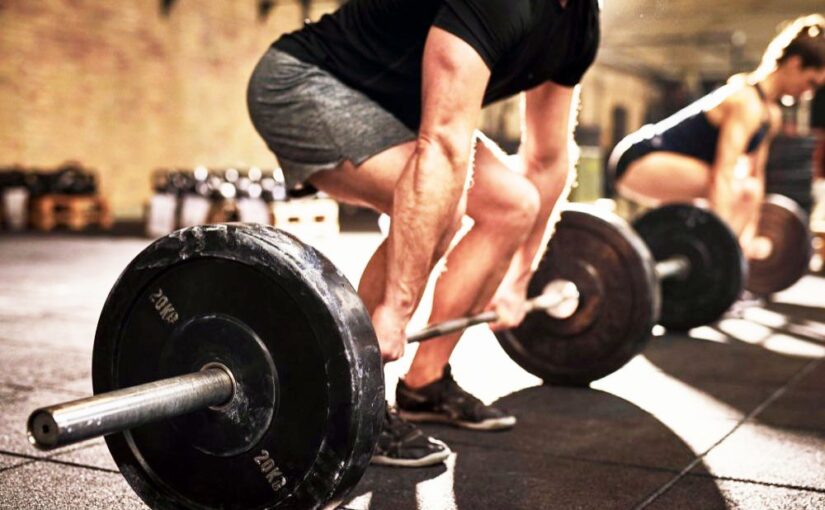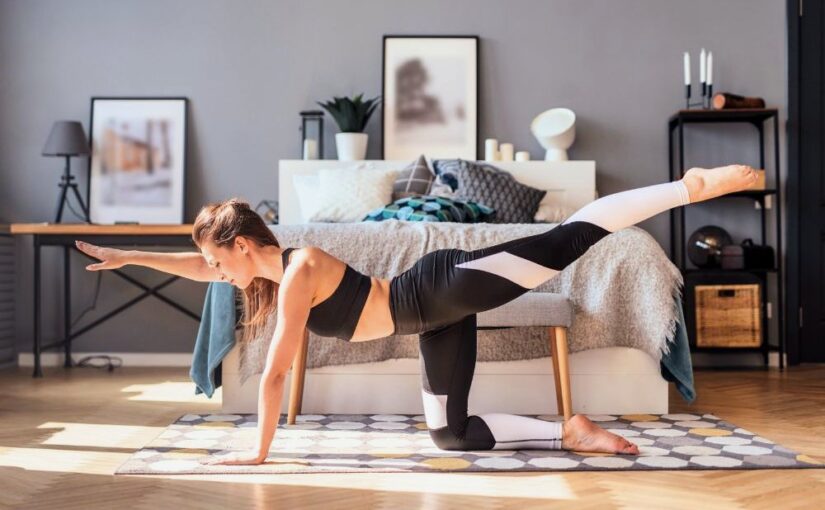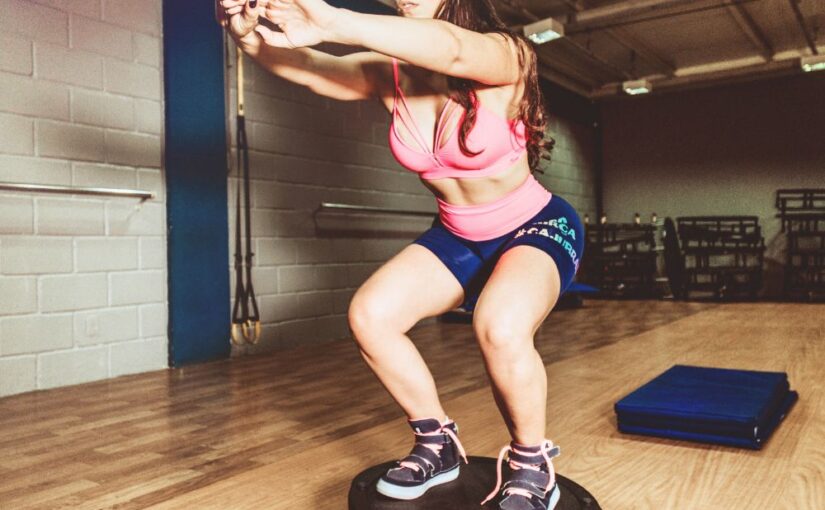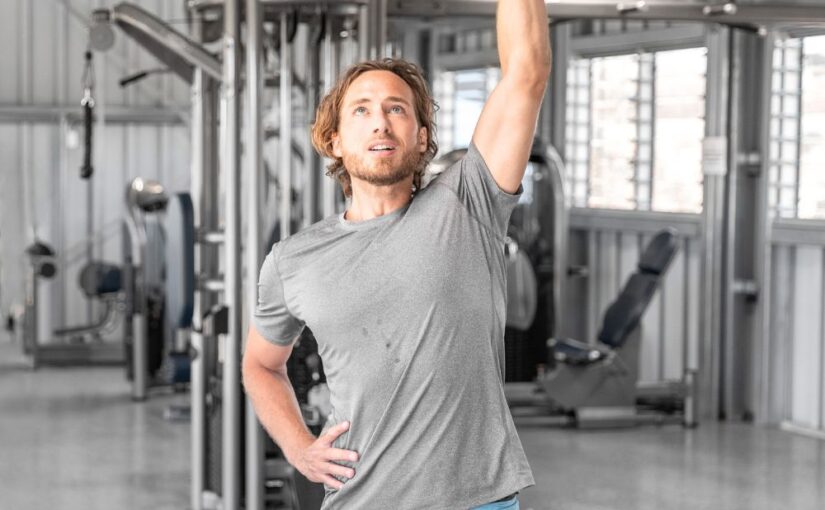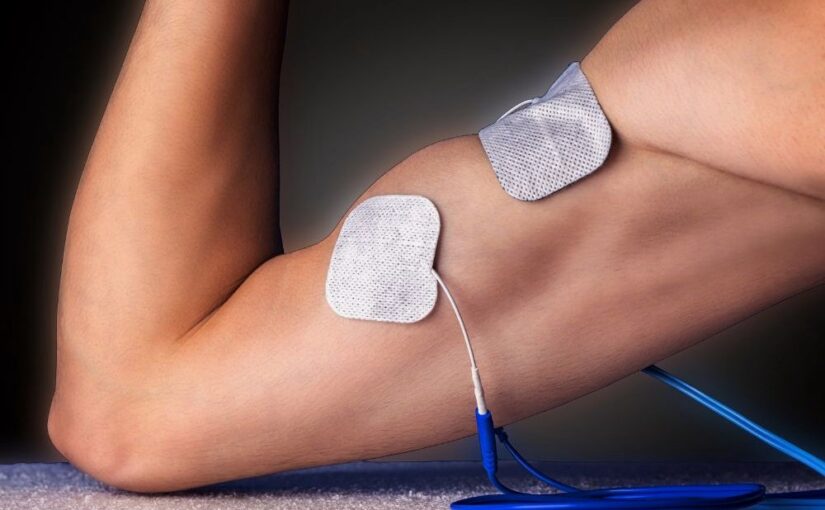Building impressive shoulders not only enhances your physique but also improves overall strength and stability. Whether you’re an experienced lifter or just starting, this guide will provide you with effective strategies, exercises, and tips to help you develop stronger shoulders.
Understanding Shoulder Anatomy
Before diving into workouts, it’s essential to understand the shoulder’s anatomy:
- Deltoid Muscles: Comprising three heads—the anterior (front), lateral (side), and posterior (rear) deltoids—these muscles give your shoulders their rounded appearance.
- Rotator Cuff: A group of muscles and tendons that help to keep the shoulder joint stable. Strong rotator cuffs help prevent injuries and support heavy lifting.
Key Principles for Shoulder Growth
1. Progressive Overload
To build muscle, you need to challenge your shoulders consistently. This means gradually increasing the weight you lift, the number of repetitions, or the intensity of your workouts over time.
2. Balanced Training
Focus on all three heads of the deltoid to ensure balanced development and prevent imbalances that can lead to injury. A well-rounded shoulder routine should include exercises targeting the front, side, and rear deltoids.
3. Proper Form
To optimize performance and reduce the chance of injury, maintain good form. It’s best to lift lighter weights with good technique as opposed to lifting heavy with poor form.
4. Recovery
Muscles need time to recover and grow. Ensure you’re allowing adequate rest between shoulder workouts and getting enough sleep to support muscle recovery.
Effective Shoulder Exercises
Below’s a list of some of the best exercises for building stronger shoulders:
1. Overhead Press
- How to do it: Stand, feet shoulder width apart. Hold a barbell or dumbbells at shoulder height. Lift the weight overhead until the arms are fully extended. Lower back to the starting position.
- Muscles targeted: All three heads of the deltoids, triceps.
2. Lateral Raises
- How to do it: Stand with a dumbbell in each hand at your sides. Raise the weights out to the side until they reach shoulder height, keeping a slight bend in your elbows. Lower them back down.
- Muscles targeted: Lateral deltoids.
3. Front Raises
- How to do it: Stand with a dumbbell in each hand at your thighs. Lift one dumbbell in front of you to shoulder height, then lower it back down. Alternate arms.
- Muscles targeted: Anterior deltoids.
4. Bent-Over Reverse Fly
- How to do it: With a dumbbell in each hand and arms hanging down, bend at the hips. Bring the weights out to the side until your arms are parallel to the floor. Squeeze your shoulder blades together, then lower.
- Muscles targeted: Posterior deltoids.
5. Arnold Press
- How to do it: Bring dumbbells to shoulder height while either standing or sitting, palms facing you. With your palms facing front, press the weights overhead. Lower back to the starting position.
- Muscles targeted: All three heads of the deltoids.
6. Upright Rows
- How to do it: Stand dumbbells or a barbell in front of you. Pull the weights up along your body to your chin, keeping your elbows higher than your wrists. Lower back down.
- Muscles targeted: Lateral and anterior deltoids, trapezius.
Sample Shoulder Workout
Workout A:
- Overhead Press: 4 sets of 8-10 reps
- Lateral Raises: 3 sets of 12-15 reps
- Bent-Over Reverse Fly: 3 sets of 12-15 reps
Workout B:
- Arnold Press: 4 sets of 8-10 reps
- Front Raises: 3 sets of 12-15 reps
- Upright Rows: 3 sets of 10-12 reps
Nutrition for Shoulder Growth
Building muscle isn’t just about lifting weights; nutrition plays a crucial role:
- Protein: Essential for muscle repair and growth. Choose lean foods such as dairy, fish, poultry, and legumes.
- Carbohydrates: Fuel workouts with whole grains, fruits, and vegetables.
- Healthy Fats: Support hormone production with sources like avocados, nuts, and olive oil.
- Hydration: Stay hydrated to support overall performance and recovery.
Conclusion
Stronger shoulders require a commitment to consistent training, balanced workouts, proper nutrition, and adequate recovery. Incorporate a variety of exercises that target all parts of your deltoids, focus on progressive overload, and pay attention to your form. With dedication and the right approach, you’ll be on your way to developing impressive shoulders that not only look great but also enhance your overall strength and athleticism.
Frequently Asked Questions (FAQ)
Some of the most effective exercises include the overhead press, Arnold press, lateral raises, front raises, bent-over reverse fly, and upright rows. These movements target all three heads of the deltoid for balanced shoulder development.
Working your shoulders once or twice a week is generally effective for most individuals. Make sure to include rest days between sessions to allow for proper recovery and muscle growth.
Not necessarily. While progressive overload is important, form and consistency matter more. You can build muscle using moderate weights with proper technique and sufficient volume.
If you’re dealing with pain, it’s advisable to seek guidance from a healthcare professional. That said, strengthening the rotator cuff and improving mobility can help prevent future issues. Avoid overhead movements if they cause discomfort.
Nutrition is crucial. A diet rich in protein supports muscle repair, while carbs and healthy fats fuel workouts and hormone balance. Staying hydrated also aids performance and recovery.
Recommended Equipment for Building Stronger Shoulders
To get the most out of your shoulder workouts, having the right equipment can make a big difference. Here are a few recommended gear that support effective strength training:
Adjustable Dumbbells
Perfect for home workouts, adjustable dumbbells let you easily switch between weights for different exercises like lateral raises and Arnold presses.
Barbell Sets
A high-quality barbell set is essential for compound movements like the overhead press. Select a set that includes multiple weight options to support gradual increases in resistance.
Adjustable Workout Benches
An adjustable bench adds versatility to your workouts, allowing you to perform seated shoulder presses and supported rear delt exercises.
Shoulder Press Machines
For those who prefer machines or want added stability during heavy lifts, a shoulder press machine offers targeted resistance with less joint strain.
Affiliate Disclaimer
The above links are affiliate links. If you purchase through these links, we may earn a small commission at no extra cost to you.

